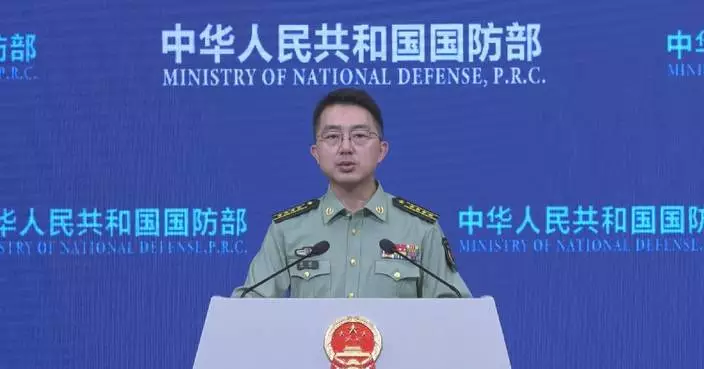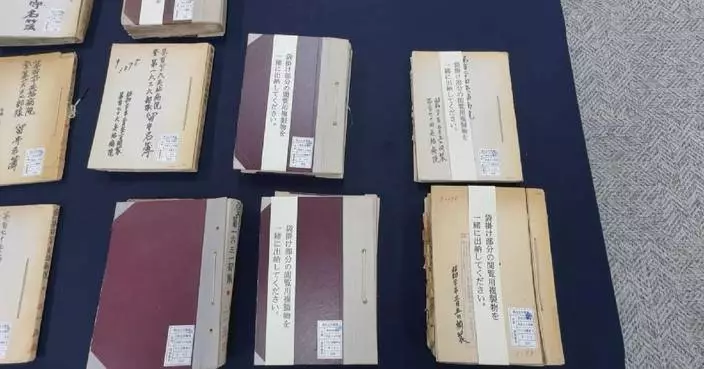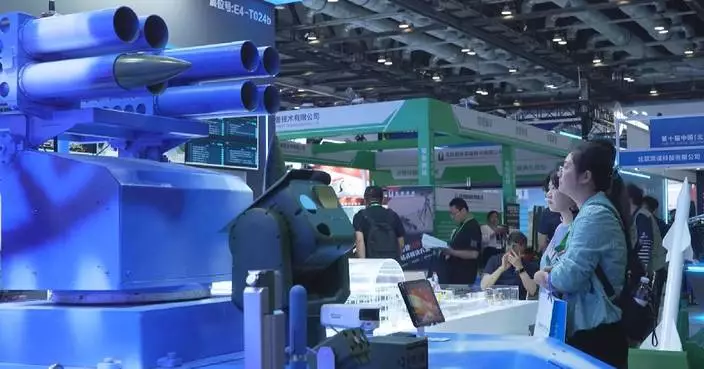Pingyin County of east China's Shandong Province, renowned for its rose farming, has witnessed a remarkable transformation shifting from traditional rose growing to a digitally integrated and diversified model, which has played a significant role in boosting the local economy and enriching the life of its residents.
Each summer, Pingyin's rose fields would burst into bloom. By 3:00 in the morning, the fields come alive with harvesting.
"With this (origin tracing) card, we can simply place roses we are selling on the scale when having them weighted, and the company will directly transfer payment to your account. It's very convenient. It's very convenient," said Zhao Qingzhuang, a local rose farmer.
The rose origin tracing card, linked to farmer's information, enables real-time recording and uploading of flower transaction data with a simple scan. The platform's integrated settlement system with enterprises and banks ensures quick payment to the sellers.
This convenience is in a stark contrast to the past, prompting local authorities to implement drastic reforms to break the industry's deadlock.
"At that time, we closed down 126 rose processing home workshops that did not meet the standards, and the government investment platform invested 460 million yuan (around 64 million U.S. dollars) in building the Pingyin High-End Rose Industry Park, step by step completing the upgrading of the Pingyin rose industry and the transition of old driving forces toward new ones," said Zhao Bo, director of characteristic industry development center in Pingyin County.
The local area has embraced digital transformation across the entire rose industry chain, establishing an industry-wide big data center with the support of a cross-industry, cross-field industrial internet platform.
"This is the transaction data we analyze every year, including intelligent planting and large-scale model technologies which are provided to farmers. Here we would also make an estimate and statistics of the production of Pingyin roses across eight grids, and analyze the product popularity in every city or every corner of our country by scanning the codes to retrieve and process data to help companies in developing marketing strategies," said Li He, a project manager of Inspur Yunzhou Industrial Internet Co., Ltd.
"Now we can check the soil moisture level, when to water and fertilize on our mobile phone. If you still don't understand something, you can ask an expert," said Ding Jifeng, a rose grower.
Pingyin's rose industry, with operators interconnected through the intelligent platform, boasts 4,000 hectares of rose plantations generating 6 billion yuan (around 838 million U.S. dollars) annually. Rose products have diversified beyond traditional uses to encompass high-end sectors like medicine, chemicals, and cosmetics. This thriving industry is also fostering integration with cultural tourism and other sectors.
"Relying on advantageous and characteristic agriculture, we have developed new rural industries and business formats, formed an industrial chain dominated by roses, and realized the transformation from traditional planting to modern and diversified one," said Zhao Peng, deputy head of Pingyin County.

East China county succeeds in transforming traditional rose industry with digital technologies




















































